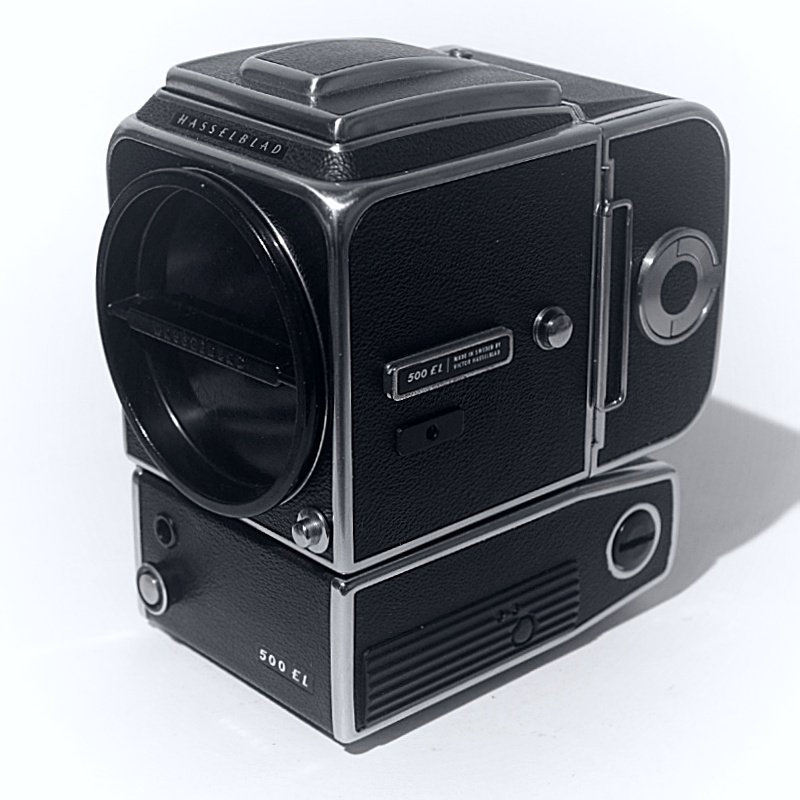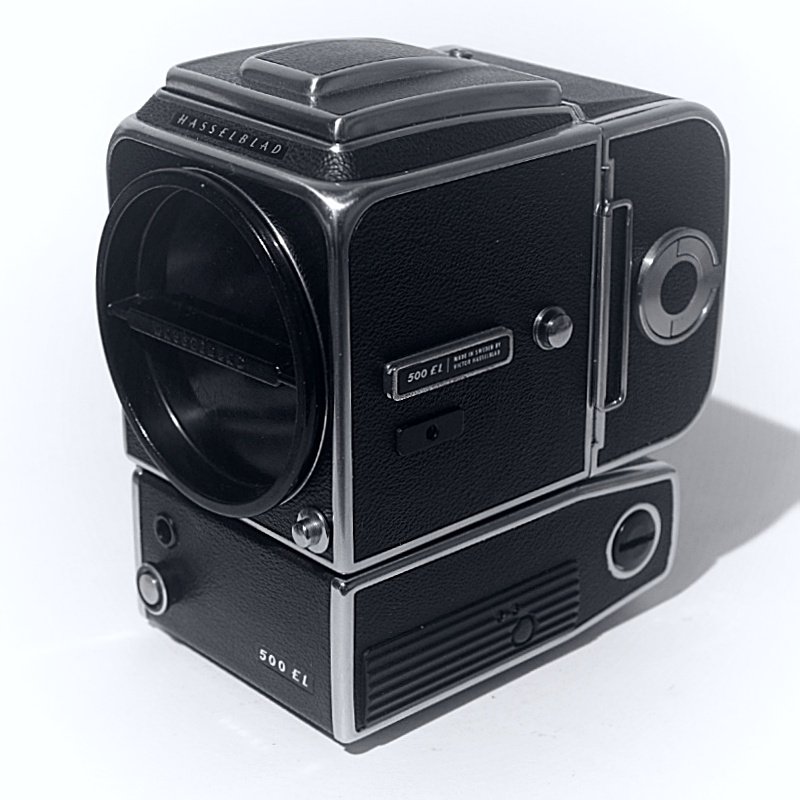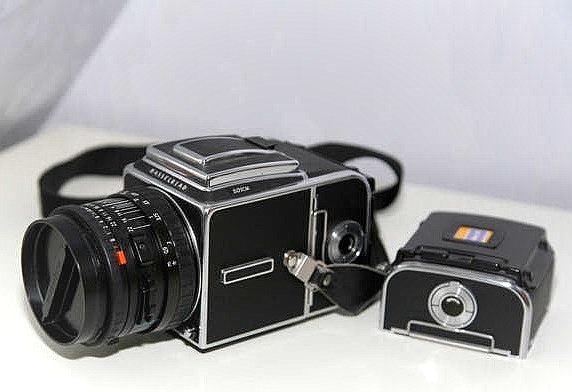J. R. Weems
New Member
Just an old film guy looking to full fill a desire to move into medium format. Need to be brought up to an fair speed in order to choose a Hasselblad that will meet my meager requirements. Need to be able to sort out the array of equipment available. Need not be new, but as they say, condition is everything. PM's are welcome, as well as any input that can be offered. May be too old to start this, but I will anyway. I believe I have found the right sopt here. THANKS!! 



